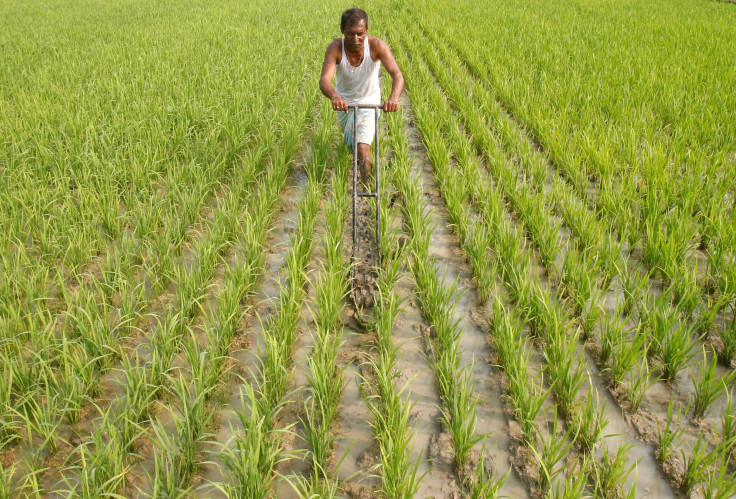Climate Change News: India’s Methane Emissions Not Growing Much

They only have one carbon atom in common, but both carbon dioxide (CO2) and methane (CH4) are greenhouse gases whose accumulation in the atmosphere leads to a warming planet and the resulting climate change that is following in its wake. CH4 is actually more potent than CO2 at trapping heat, but it dissipates faster in the atmosphere, making it the second-most powerful greenhouse gas there is.
Even as CH4 concentrations in the atmosphere are increasing, there is some good news — emissions from India, officially the second-largest contributor of CH4 in the world, have grown very little in the last few years. An independent assessment of the country’s emissions carried out by the University of Bristol in the United Kingdom made the findings which were made public Tuesday.
Significantly, the study also found that reporting of CH4 emissions by Indian authorities to the United Framework Convention on Climate Change (UNFCC) was accurate, which is in stark contrast with the United States, where reported emissions and those inferred from atmospheric observations show large discrepancies, or China, where CH4 emissions have been increasing in the last few years.
“As found through measurements from the atmosphere rather than through the cataloguing done by countries, we showed that emission levels are consistent with India’s reports to the UNFCCC and that between 2010-2015 methane emissions did not show any significant growth. This information is very valuable to know — both for providing this independent check but also for learning how to improve the accounting process,” Anita Ganesan from the University of Bristol's School of Geographical Sciences, who was the lead author of the report containing the findings, said in a statement Tuesday.
Measurements were made using data that were collected from multiple points, including observation from the surface, from an aircraft as well as a satellite in space. “Methane emissions in inventories are highly uncertain due to the complexity of the sources that emit it. It is not uncommon for countries to report methane emissions with an uncertainty that is as large as the emissions themselves. By using a variety of approaches, we can narrow that uncertainty,” Ganesan explained.
Cattle, of which India has the world’s largest population, is a major source of methane, which they produce as flatulence. Human activity, such as coal mining and agriculture, especially rice cultivation, are other significant sources of CH4 emissions.
India is also a leading producer of rice — second-largest producer in the world, after China, producing over 20 percent of the global rice supply — and it reflects in the country’s CH4 emissions, which increased between June and September each year — the months during which most of the rice growing is done in the country.
“National monitoring of greenhouse gases needs to become a standard process that is done alongside current reporting practices. This is the only way we can ensure transparency and accuracy of the reports that are submitted to the U.N.,” Ron Prinn of the Massachusetts Institute of Technology, a co-author of the study and leader of the global Advanced Global Atmospheric Gases Experiment, said in the statement.
China is officially the largest CH4 emitter in the world, in absolute terms, Russia the third, U.S. fourth and Brazil fifth, according to data compiled by the World Bank. As of 2012, the official emissions from China were greater than those from India, Russia and the U.S. put together.
© Copyright IBTimes 2025. All rights reserved.





















